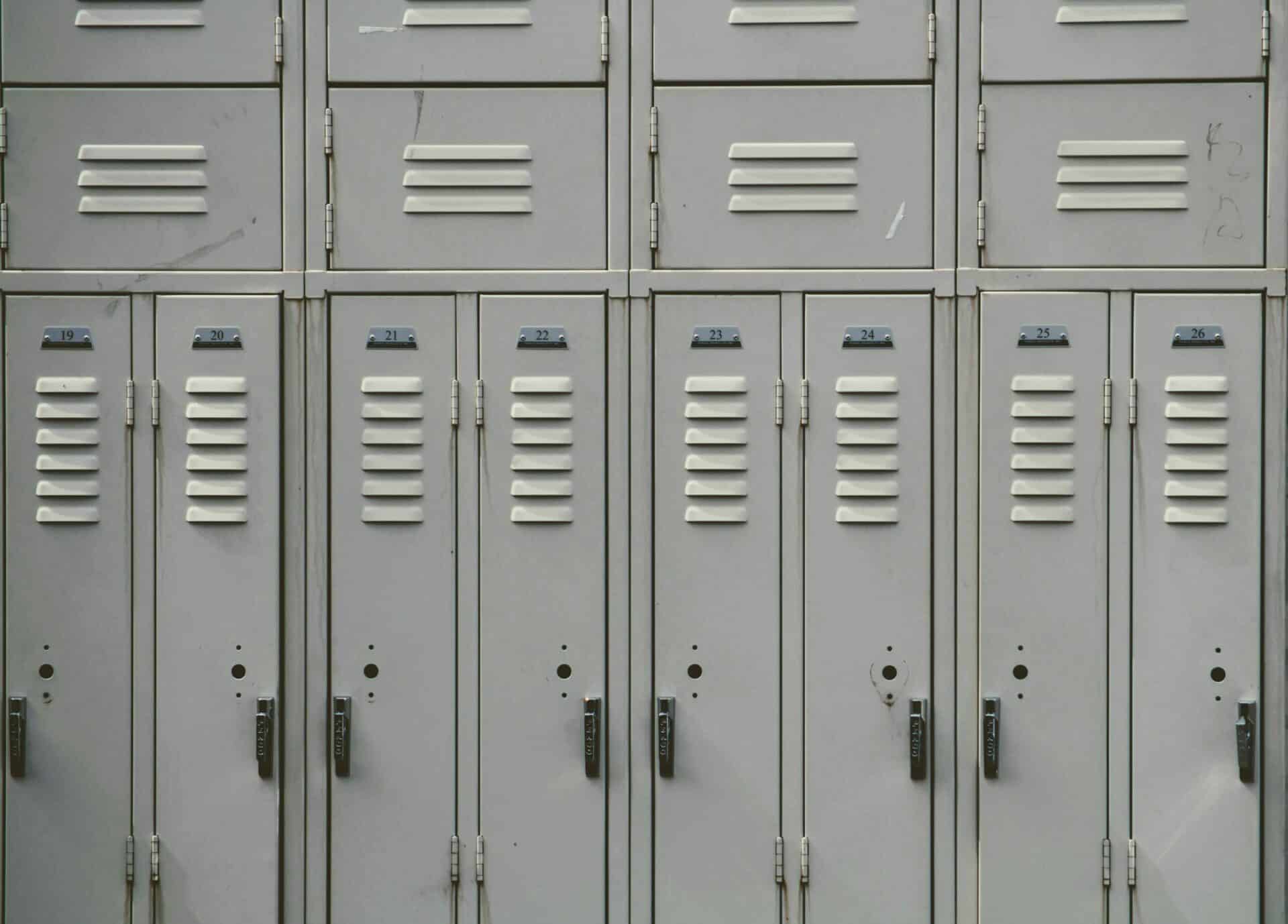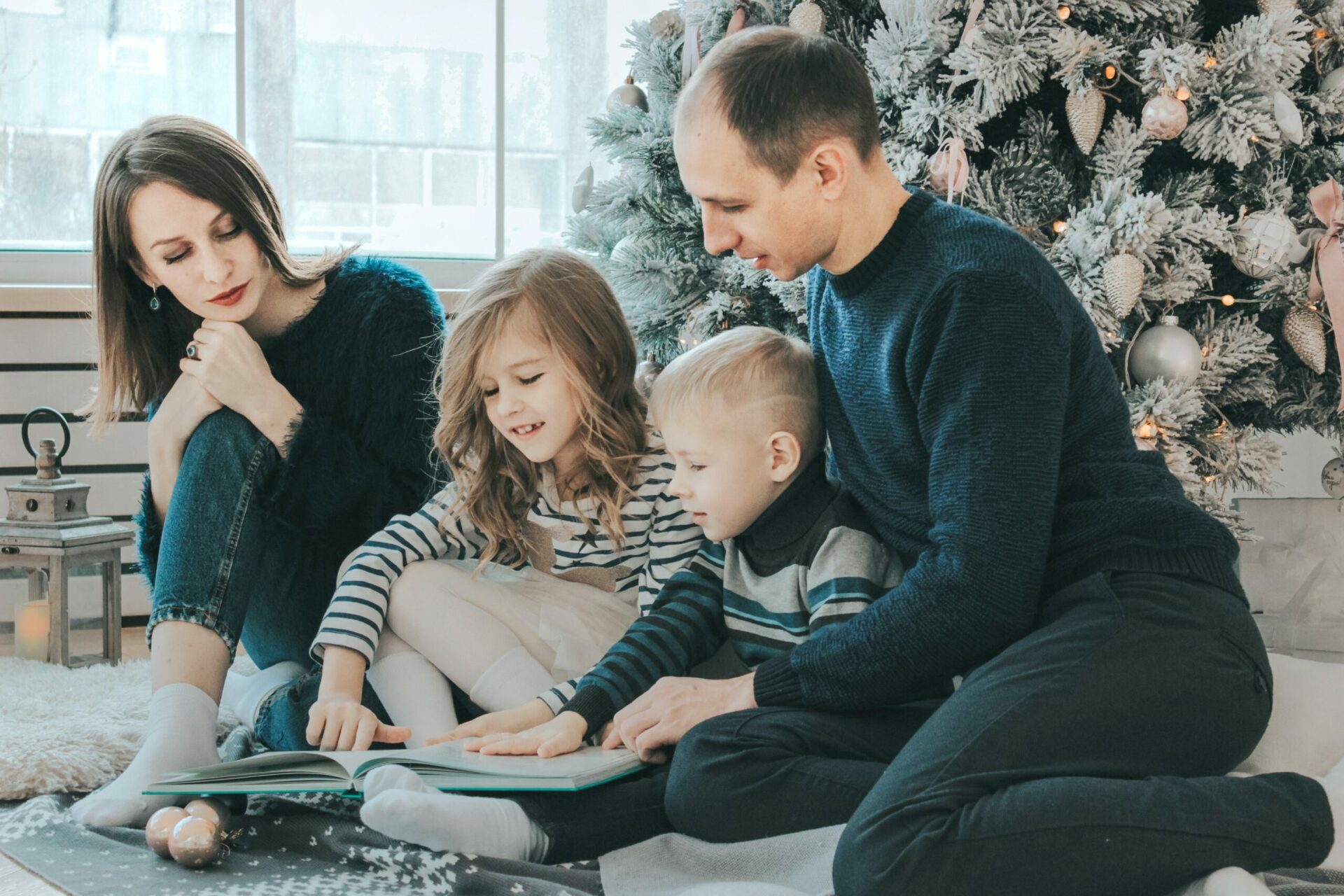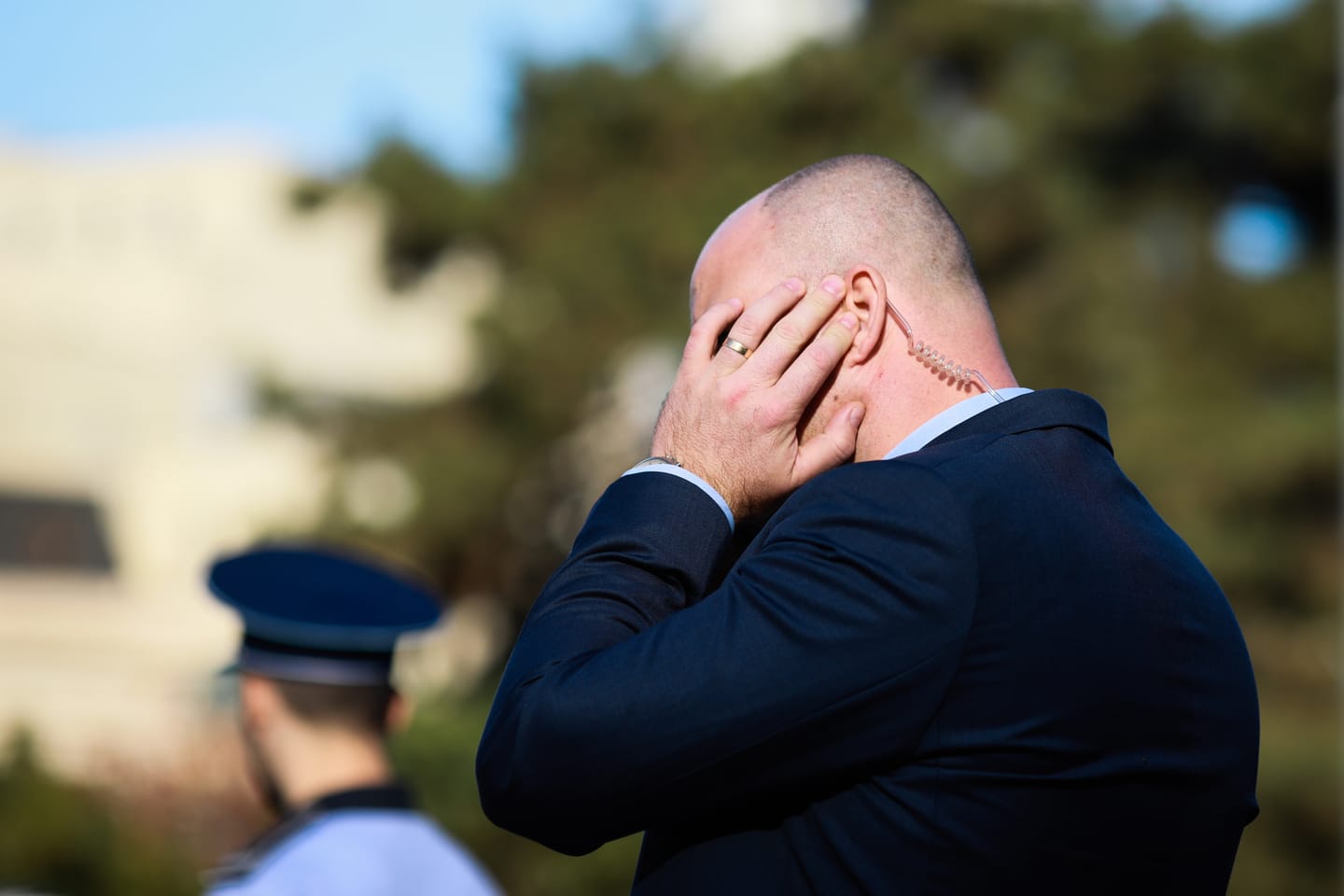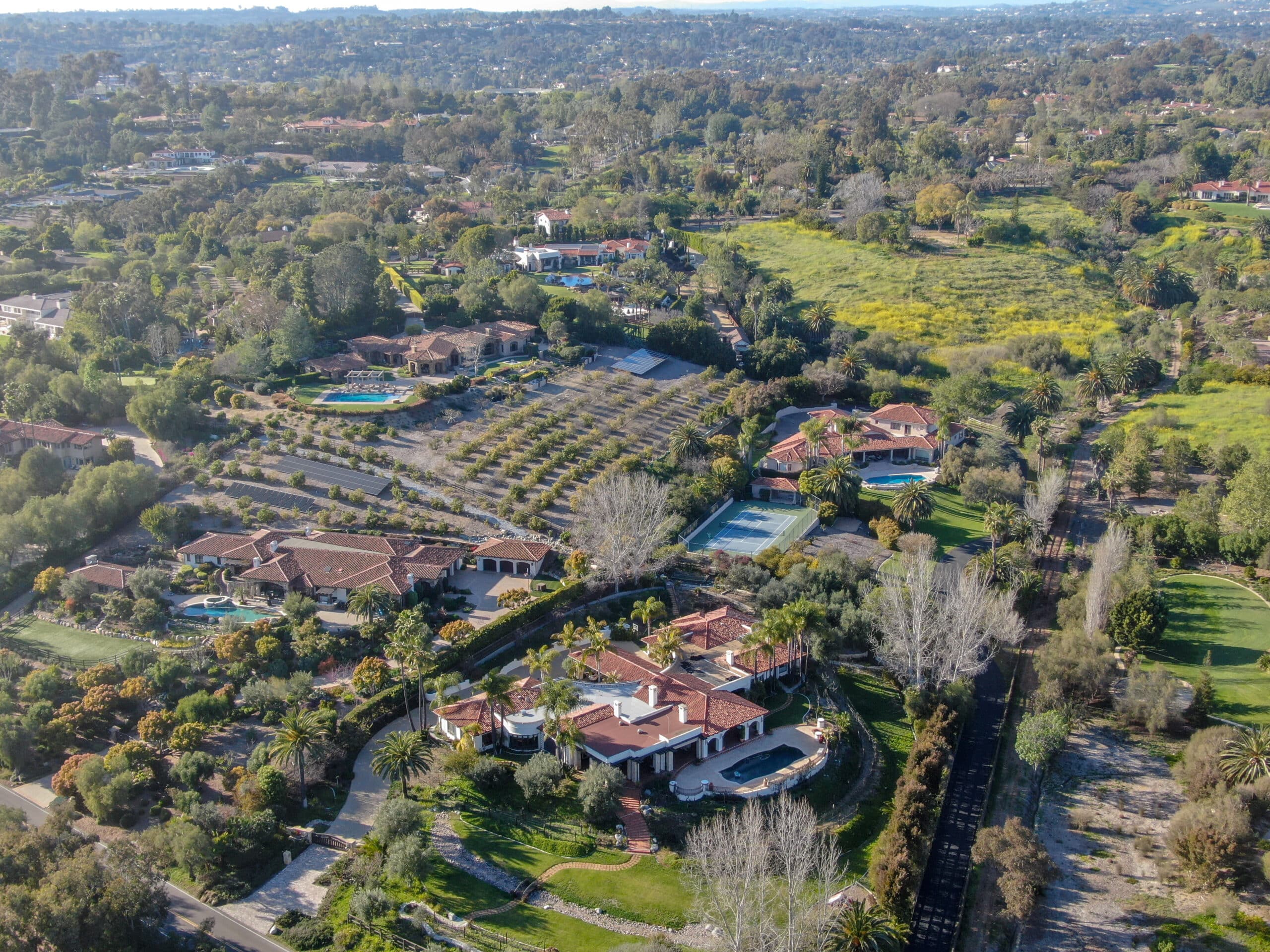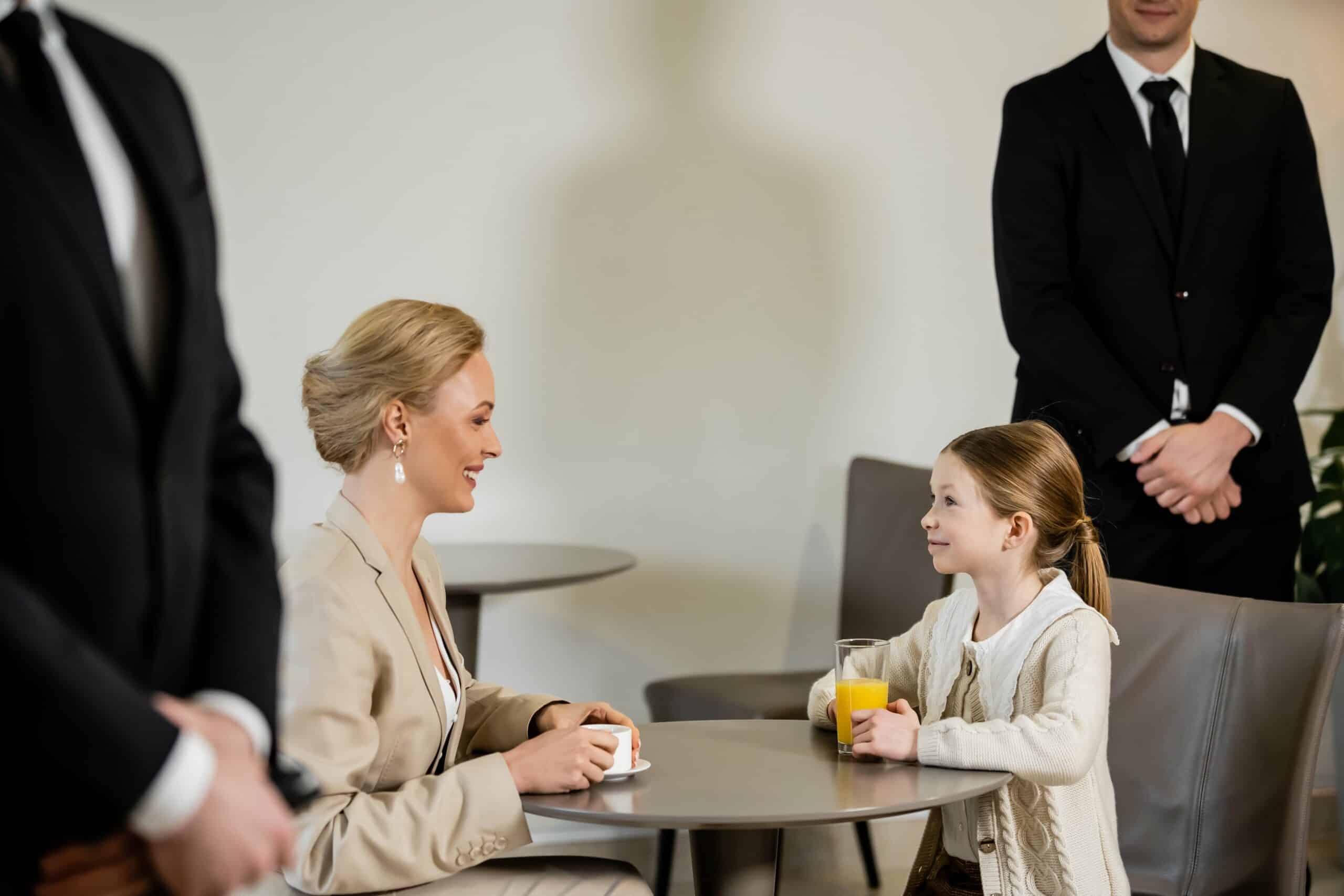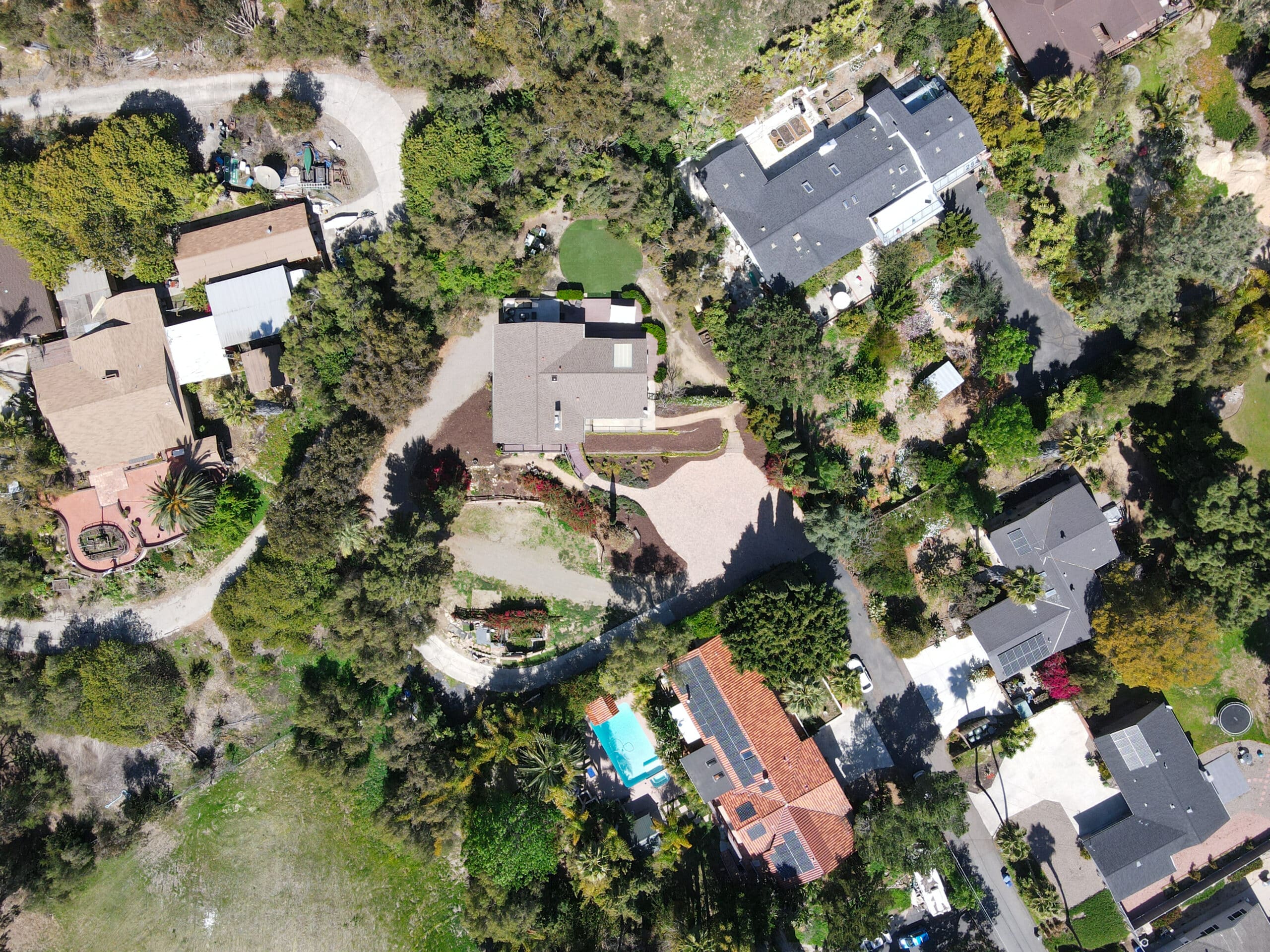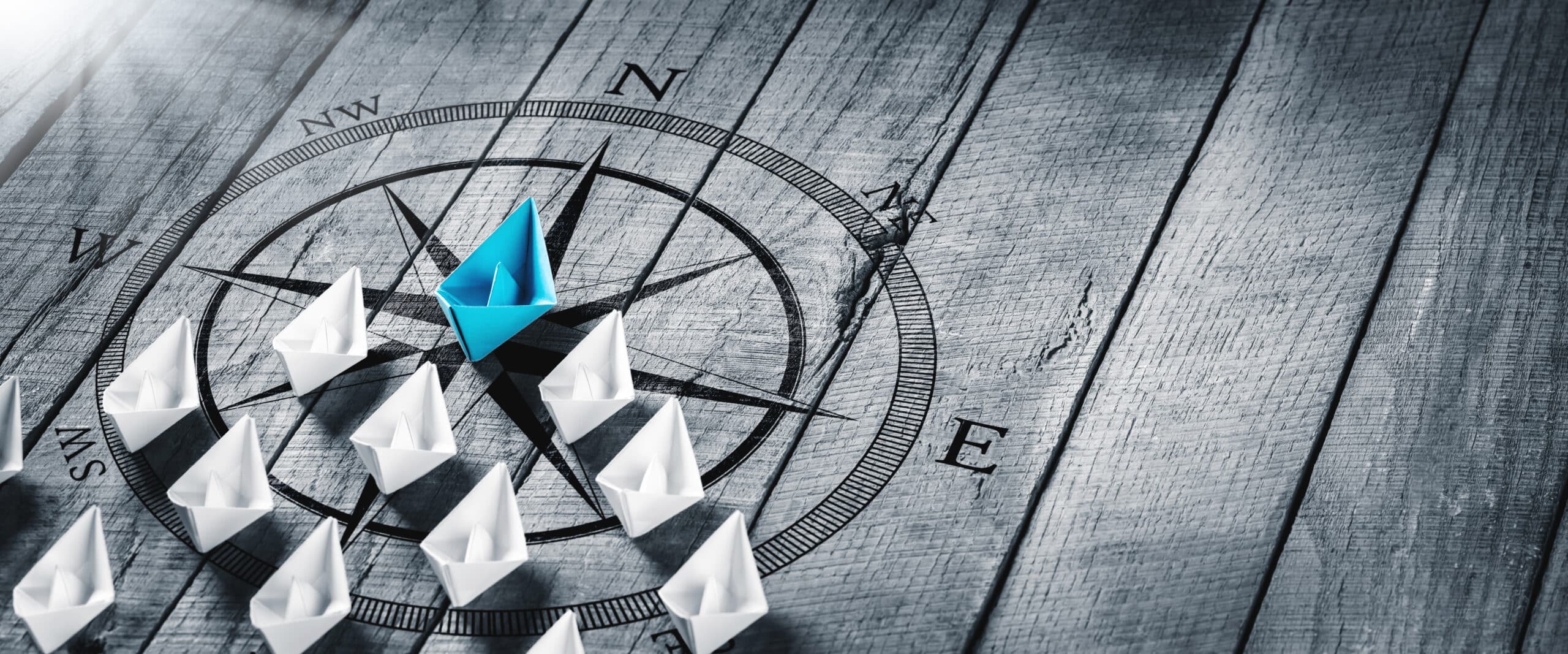Estimated reading time: 7 minutes
Table of contents
- The Rising Importance of Safety in Today’s Private Schools
- Evaluating Security Risks in Educational Settings
- Security Systems in Private Schools: Beyond Simple Surveillance
- Importance of Protocols and Drills: Ready for Every Scenario
- Proactive Safety: Identifying Weak Points and Potential Risks
- Embracing Remote Monitored Security Solutions: The Future of School Safety
- Conclusion: Collective Efforts for a Safer Educational Environment
The Rising Importance of Safety in Today’s Private Schools
In today’s educational landscape, the importance of maintaining safety standards in private schools is paramount. Parents entrust these institutions with the well-being of their children, expecting both a superior education and an assurance of safety. Private schools must address security challenges to create a safe and supportive learning environment for academic success.
Worries about safety and well-being are increasing worldwide, particularly in schools. Private institutions are facing more pressure to enhance their security measures. These top schools must now redefine safety standards to match global best practices, in addition to their academic prestige.
Safety is important for education to succeed. Students need to feel secure physically and emotionally for learning to happen. Private schools are at the forefront of developing innovative strategies to ensure the safety and intellectual growth of their students. This is particularly important as technology continues to advance and new threats arise.
Evaluating Security Risks in Educational Settings
A safe private school starts with a thorough assessment of its unique risks. This process evaluates all aspects of campus life. It follows guidelines from the National Center for Education. These guidelines include common areas and parking lots.
Surveillance cameras, especially video security systems tailored for educational institutions, provide a real-time view of the school’s surroundings. Access control in private schools is crucial for ensuring safety. It involves only permitting authorized individuals to enter the premises. This measure provides peace of mind to both students and staff.
Comprehensive Surveillance and Advanced Access Control in Private Schools
Surveillance video cameras, especially video security systems tailored for educational institutions, provide a real-time view of the school’s surroundings. Beyond just monitoring, these cameras can detect unusual activity, acting as a proactive measure against potential threats.
Access control in private schools is more than just a gate or a door. It’s a multi-faceted approach that includes digital access cards, biometric scans, and sometimes even facial recognition technologies. These access control methods protect students and staff physically and prevent unauthorized access to data digitally. This measure provides peace of mind to both students and staff, knowing that their institution places their safety above all else.

Security Systems in Private Schools: Beyond Simple Surveillance
The heart of safe learning is having safety protocols for private academies. There are many tools for school security, like on-site campus security and advanced camera systems for large campuses. Beyond surveillance, these systems also integrate with local law enforcement, providing a vital link in case of emergencies. This collaboration ensures swift and decisive action, further safeguarding the learning environment.
Involving Advanced Tech and Community Feedback for Enhanced School Security
In response to evolving challenges, many schools are adopting multi-layered security approaches. This means using facial recognition to improve access controls and using AI to watch for suspicious activities in real-time. Many institutions now actively install advanced alarm systems that trigger during unauthorized access attempts. Regular feedback from parents and staff helps find security gaps, ensuring a comprehensive approach to campus safety.
Importance of Protocols and Drills: Ready for Every Scenario
Private school safety standards actively emphasize the importance of preparation. This means regular private school emergency drills, integrating both staff and students with protocols for various contingencies.
Evacuation drills, for instance, teach everyone the safest and most efficient way to vacate the premises. By regularly rehearsing these protocols, we can navigate potential crises with minimal panic and maximum coordination. Let alone, it protects you from any unexpected private educational institution safety audits.
Adapting to Modern Threats and Fostering Community Engagement in School Safety
Moreover, with the ever-changing nature of threats, it’s vital for schools to constantly review and update their safety protocols. These updates actively equip all personnel to tackle emerging challenges, ranging from cyber threats to unexpected natural disasters.
Schools benefit from working with local emergency response teams to learn the best practices and latest techniques. Sharing experiences with other institutions helps in fine-tuning the drills and understanding potential areas of improvement. When we involve students in planning, they take ownership and feel empowered, leading them to be more proactive about their safety.
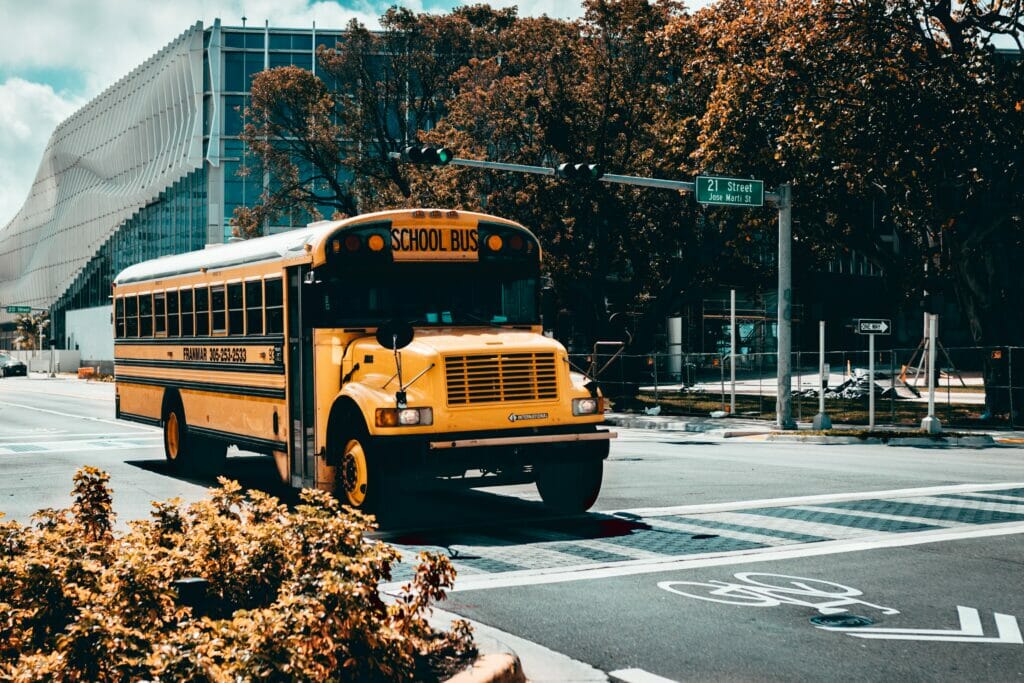
Proactive Safety: Identifying Weak Points and Potential Risks
However, the best safety practices for private institutions go beyond merely reactive measures. Private school security guidelines recommend a proactive approach. Regular safety audits in private educational institutions pinpoint potential weak points before anyone can exploit them. Threat assessment for private schools, often undertaken in conjunction with local law enforcement, anticipates potential risks, allowing for preemptive measures.
Collaborative Approaches to Enhance School Security and Learning
Staying ahead of potential threats is the cornerstone of maintaining a secure educational environment. Consistent collaboration with experts in the field of security and education can bring in fresh perspectives and strategies.
Ongoing training for staff and students is important to keep everyone alert and knowledgeable about the latest safety practices. Involving parents and local stakeholders strengthens the school community. This helps to keep a safe and good learning environment for everyone.
Embracing Remote Monitored Security Solutions: The Future of School Safety
A growing area of focus is remote monitored security solutions. This private school surveillance equipment offer continuous monitoring. They also have the advantage of having experts who can promptly evaluate and handle threats. These experts work closely with school staff and police.
Leveraging Cloud and AI for Scalable School Security Solutions
Many schools are using cloud-based systems and AI-driven analytics to improve safety measures with technology. These advancements not only provide more accurate threat detection but also reduce the chances of false alarms. Schools can adjust or expand remote monitored security solutions as they grow or add new facilities.
Real-time Data Sharing and Evolving Safety Protocols in Schools
In the age of digital development, having a central monitoring system also allows for more effective communication of vital information. In situations where every second counts, being able to relay real-time data to relevant authorities can be a game-changer. Institutions use the collected data for post-event analysis to refine their protocols and learn from incidents. This forward-thinking approach ensures schools are not only reactive but are constantly evolving in their pursuit of utmost safety.
Conclusion: Collective Efforts for a Safer Educational Environment
In the age of increased security concerns, private academies and institutions cannot afford to be complacent. These schools use advanced technology, strict training, experienced security agents and a community approach to provide great education and ensure safety.
Parents, teachers, students, and administrators all have a stake in this endeavor. Together, we must dedicate ourselves and adhere to safety rules to ensure our schools remain safe and centered on learning.
Adapting to Shifting Dynamics in Educational Security Frameworks
The changing world requires us to strongly commit to improving safety in our schools and colleges. With threats becoming more complex, it’s essential to understand that security isn’t a one-size-fits-all model. Every stakeholder in the education community has a role to play.
Fostering a Culture of Awareness and Unity in Educational Safety
Parents, teachers, students, and administrators all play important roles in education and their collaboration is crucial. Collaboration with local authorities and harnessing technology are more crucial than ever. Additionally, open communication channels among these groups can help in early detection and prevention of potential risks.
Making schools safe is not just about security measures, but also about building a culture of awareness, readiness, and quick action. The journey towards this goal requires sustained effort, innovation, and unity. It’s not just about safety but about preserving the sanctity of places of learning for the children.

